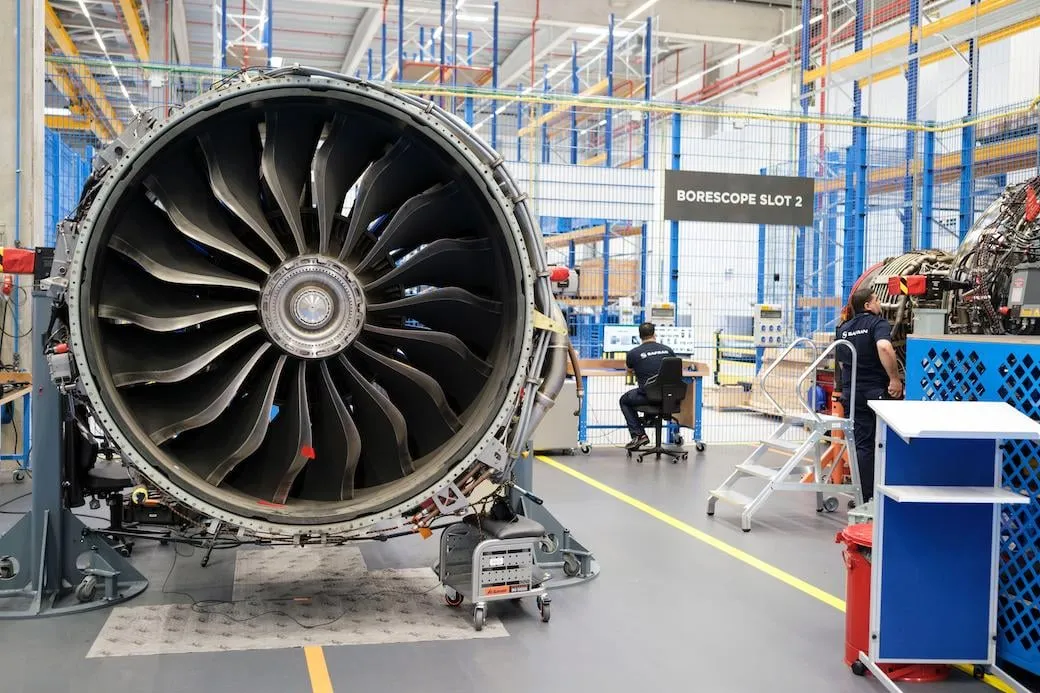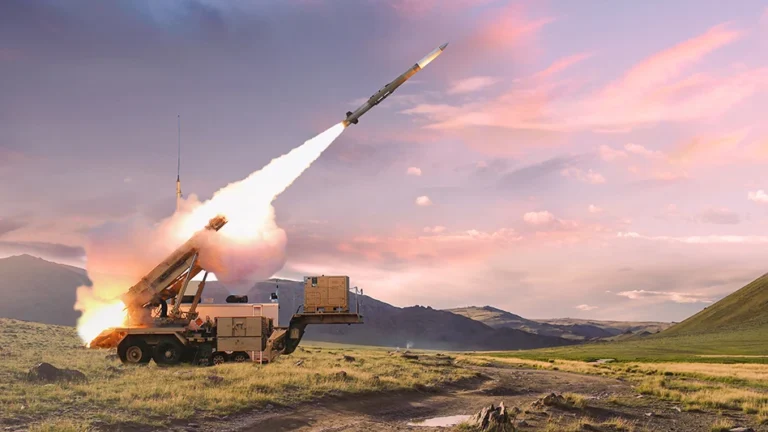
GKN Aerospace Expands Connecticut Operations with Additive Manufacturing Ramp-Up for Pratt & Whitney GTF Engines
GKN Aerospace has taken another major step in advancing its additive manufacturing capabilities by expanding its Newington, Connecticut facility. The site will now house a brand-new production line dedicated to the fabrication of the Fan Case Mount Ring (FCMR), a critical component for Pratt & Whitney’s Geared Turbofan (GTF) engines, which power commercial aircraft such as the Airbus A220 and Embraer’s E195-E2. The expansion not only reinforces GKN Aerospace’s global leadership in additive technologies but also strengthens its U.S. industrial footprint and creates new high-tech manufacturing jobs in the region.
A Key Milestone for Additive Aerospace Manufacturing
The Fan Case Mount Ring program represents one of the most advanced applications of additive fabrication in aerospace today. Notably, it became the largest flight-critical additively manufactured component ever to receive certification from the U.S. Federal Aviation Administration (FAA). With this achievement, the program is now on track to transition to full serial production, which is expected by the final quarter of 2025.
Currently, the program operates through a transatlantic workflow: the additively fabricated “hot size ring” is produced at GKN Aerospace’s Trollhättan facility in Sweden, before being shipped to the Newington facility for final machining. With the new production line in Connecticut, GKN Aerospace will be able to scale up production locally, reduce logistical complexities, and better serve Pratt & Whitney’s long-term supply requirements. This move will ensure faster delivery timelines and greater flexibility to meet rising market demand.
Sustainability and Efficiency at the Core
A distinguishing feature of GKN Aerospace’s additive process is its ability to deliver significant sustainability benefits. Compared with conventional manufacturing methods, the company’s proprietary additive techniques are designed to reduce material consumption dramatically. Projections suggest that material savings could exceed 70 percent, thanks to the precision layering and reduced waste inherent in additive production.
These benefits extend beyond sustainability. Additive methods shorten production lead times by minimizing the need for extensive raw material machining. This efficiency not only improves predictability for customers like Pratt & Whitney but also strengthens resilience across global aerospace supply chains. With aviation under increasing pressure to reduce costs, environmental impact, and production risk, these improvements are strategically important for the industry’s future.
Local Workforce and U.S. Expansion
The Connecticut expansion demonstrates GKN Aerospace’s commitment to strengthening its U.S. presence and supporting the local economy. The Newington and Cromwell facilities together employ more than 450 people, with this new investment set to create additional opportunities in advanced manufacturing and engineering roles.
According to Joakim Andersson, President of Engines at GKN Aerospace, the Newington site offers the perfect environment for this milestone. “The combination of strong local support, a highly skilled workforce, and an established aerospace network allows us to bring our latest additive fabrication technology into full-scale production here in Connecticut,” he said. Andersson emphasized that additive manufacturing is not only a technical breakthrough but also a practical driver of sustainability, efficiency, and predictability across the aviation industry.
Building on Global Leadership
The FCMR program is already scaling up at GKN Aerospace’s Trollhättan plant in Sweden, where approximately 30 units are being produced each month. By transferring this proven technology to the U.S., GKN Aerospace aims to consolidate production capacity while enabling closer collaboration with American aerospace partners.
Sébastien Aknouche, Senior Vice President of Material Solutions at GKN Aerospace, explained: “Expanding our cutting-edge technology developed in Sweden to the U.S. will allow us to support the full volume of FCMR production from one region. Beyond this, it also positions us to expand our additive fabrication offering for other customers across the U.S. aerospace market.”
This dual approach—leveraging innovation from Sweden and scaling in the United States—highlights the company’s global strategy of balancing technology development with localized production to serve key markets more efficiently.
Continued Investment in Innovation
The Connecticut expansion builds on GKN Aerospace’s broader commitment to additive manufacturing. In 2024, the company announced a $50 million global investment aimed at enhancing its additive capabilities for both civil and military engine platforms. That initiative reflected the company’s long-term vision to industrialize advanced technologies that improve efficiency, sustainability, and performance across aerospace applications.
With the new production line in Newington, GKN Aerospace is not only reinforcing its ties with Pratt & Whitney but also opening pathways to bring its additive expertise to new aerospace customers in North America. The expansion illustrates how innovation, sustainability, and local job creation can align in a single investment, pushing forward both the company’s strategic goals and the aerospace sector’s broader shift toward advanced manufacturing methods.




